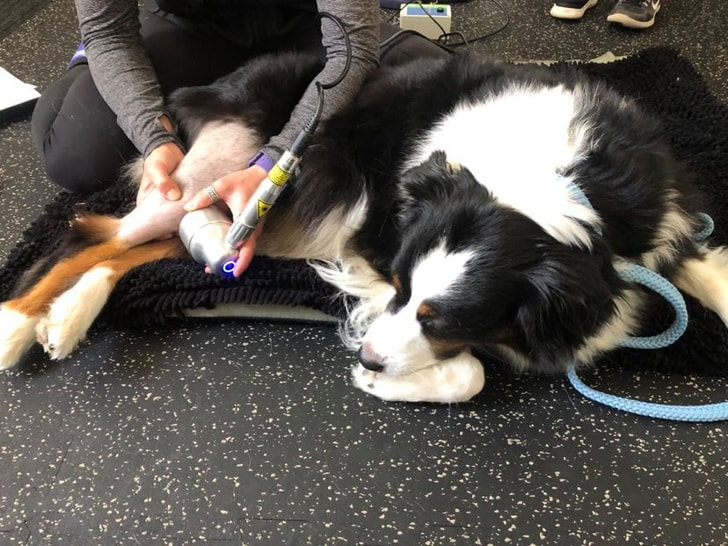|
Have you noticed a funny little hitch in your dog’s movement or temporary or occasional lameness? Intermittent lameness can have many reasons for occurring but one of the most common cause of lameness is a condition known as luxating patella.
This condition can grow to be quite painful for your dog and puts them at greater risk of a CCL injury or developing arthritis later in life. While this is a lifelong condition there is much owners can do to manage luxating patella and help reduce their risk of further injury. In this week's blog, we'll take a closer look at what luxating patella is, how to identify it, the common treatments for the condition, and how early intervention can slow the progression of the condition and reduce injury.
2 Comments
Have you ever been out enjoying the day with your dog, maybe on a trail or at a show, only for them to suddenly start limping? It can be a gut wrenching moment when your normally happy and free moving friend is suddenly showing signs of pain or discomfort.
A limp or gait issue is a common visual clue that something is wrong with our dogs but unfortunately our dog's can't communicate with us directly to tell us what's wrong. The challenge with a limp is that it can indicate a simple issue that may go away with time or some easy care or a limp can indicate something much more complex! Which means we as their trainer partners sometimes have to put the puzzle pieces together to get a clear idea of what's going on. In this week's blog, I'll cover some of the common reasons why your dog may be limping and what we can do in our conditioning programs to reduce the likelihood of a future limp or gait problem. |
AuthorCarolyn McIntyre Archives
June 2024
Categories
All
|



 RSS Feed
RSS Feed